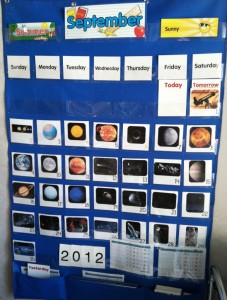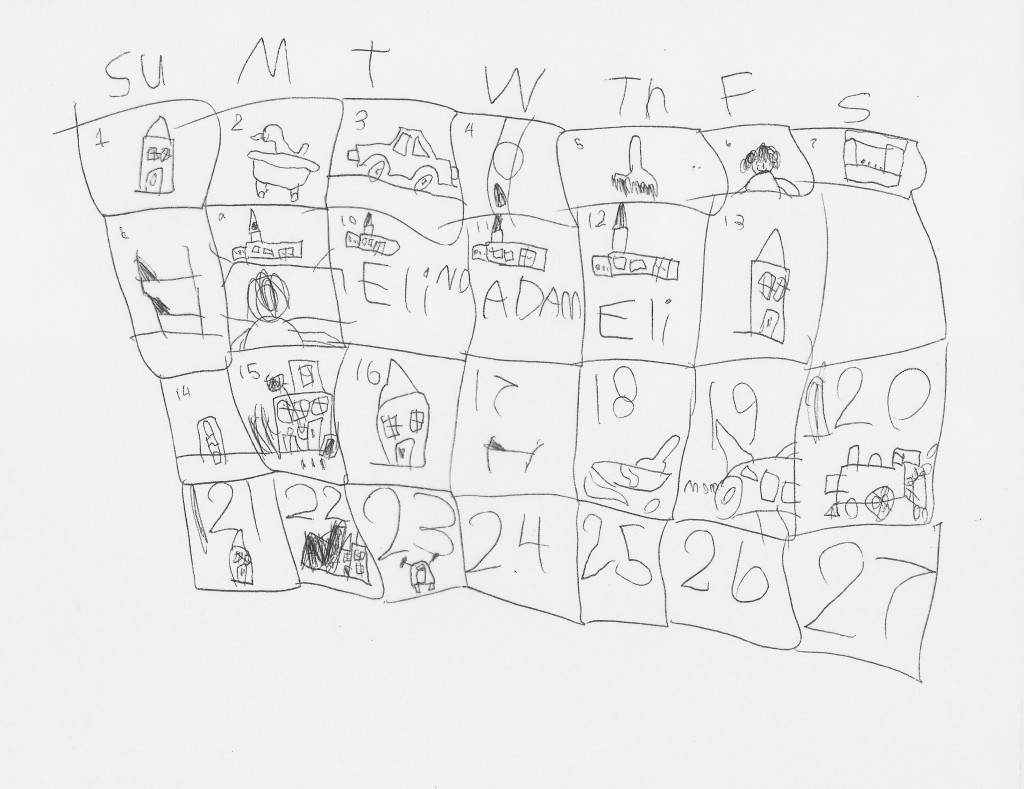 One of the signs and symptoms often listed for having dyslexia/dyscalculia/ dysgraphia is when a child has a hard time learning a clock, or remembering his calendaring skills. Money knowledge is another skill that comes slowly. The good news is that this is also a trait of a right-brained, creative learner. Why?
One of the signs and symptoms often listed for having dyslexia/dyscalculia/ dysgraphia is when a child has a hard time learning a clock, or remembering his calendaring skills. Money knowledge is another skill that comes slowly. The good news is that this is also a trait of a right-brained, creative learner. Why?
From Chapter Nine in my book, The Right Side of Normal:
My study of the right-brained learner shed light on the reason my right-brained children didn’t notice time in their early childhoods. Further, my own observations validate the idea that the lack of focus on time revolves primarily around the creative outlets. To achieve optimal creative genius, a person needs to enter “the zone,” or what athletes call “flow.” Flow is a state of timelessness when a person is totally immersed in the present state of being. In the case of a right-brained, creative person, flow occurs with the process of creation. I think most of us can understand this process when we think about a project in which we were particularly engaged. Writing this book was my example. I needed to put all other needs, tasks, responsibilities, or time constraints aside in order to fully engage in writing. Time was of no consequence. In fact, on the days I could work all day, I’d discover I hadn’t eaten or used the restroom, and it was already dinner time!
The saying, “Time flies when you’re having fun,” captures the essence of timeless engagement. To develop a creative outlet, a right-brained learner needs to spend enormous amounts of time immersed in its acquisition. When my artist son was young, he’d spend hours and hours drawing every day. When my builder son was young, he’d spend hours and hours a day building with LEGO®. When my theater son was young, he’d spend hours and hours a day pretending and creating costumes. As each discovered an interest in a career path, the number of hours only increased. My computer son researched and programmed hours and hours a day to create his own computer game. My fantasy writer daughter researched and wrote for hours and hours a day to create a novel. My artist son researched and drew for hours and hours a day to create a visual atlas. It’s said that it takes 10,000 hours dedicated to a skill to become a master in it; utilizing timelessness to reach flow has its benefits in reaching that goal.
Think about it, to be confined inside the knowledge of an hour, or a day, or a month interferes with creativity and imagination that has no bounds. Or to be constrained with the understanding that money has to be collected and used to purchase things limits the power of the imagination and creative prowess. These things are really man-created limits. It’s quantifiable. It’s sequential. It very much aligns with left-brained attributes!
Only my son most affected with autism was taught and learned his calendaring skills at a young age. He was also my youngest reader at 4 years old. This is because he used predictable patterns to make sense of the world that was very confusing to him otherwise. His “perseverative interest” also happened to be letters and numbers. But for all the rest of my highly right-brained children, I had to “set the date” to learn time and money at their appropriate developmental learning stage for these skills.
An excerpt from Chapter Eighteen from my book, The Right Side of Normal
Right-brained children often need a compelling reason to them before competency can be developed. Most of my children had no desire to earn and spend money for items at the store. Thus, money knowledge and handling didn’t occur until much later, usually in the 11 to 13 year time frame. As mentioned in Chapter Nine, most of my children were also uninterested in days, weeks, or months. Each of my children definitely aligned with the knowledge that right-brained people are more space-based than time-centered. Once they reached the 11 to 13 year time frame, I told them they would learn to read an analog clock, know their months and holidays related to those months, birthdays, and manipulating money. Even though the compelling reason wasn’t there, each child picked up the skills because maturity was in place to capitalize on; both sides of the brain were working more effectively together.
In the unschooling world, you often hear experienced parents claim that children will learn certain things incidentally. For instance, if church is always on Sunday, they’ll learn that, or if dinner time is at 6:00 p.m., they’ll learn that. Mine did know some of this just a little bit, but not to any significant level. They certainly weren’t aware holistically that today is Monday and church is in 6 days. When I told them it was time for church, they would assume it’s Sunday! So traditional incidental teaching didn’t come through for my right-brained children (from two different gene pools). Instead, right-brained children are developing their foundational gifts in the early years of pictorial thinking and imagination. That’s why telling time, calendaring, money and the such come later for them.
 Which leads me to an intriguing resource discovery that may help some right-brained children learn calendaring incidentally earlier in their learning lives (I would recommend 8 to 10 years old). I found a recommendation of Calendar Connections, created by Carisa over at 1+1+1=1, from the blog, Cleveland Homeschooler. Created for 3rd to 6th graders (she must have right-brained children…perfect age for this!), Carisa created themes around the calendar months along with trivia facts to go along with an interesting visual
Which leads me to an intriguing resource discovery that may help some right-brained children learn calendaring incidentally earlier in their learning lives (I would recommend 8 to 10 years old). I found a recommendation of Calendar Connections, created by Carisa over at 1+1+1=1, from the blog, Cleveland Homeschooler. Created for 3rd to 6th graders (she must have right-brained children…perfect age for this!), Carisa created themes around the calendar months along with trivia facts to go along with an interesting visual  picture. Now here’s something up the alley of a right-brained learner to potentially spark incidental learning! Connecting interests with fun activities or tidbits of knowledge. Better yet, it’s free! I’m going to try it with my 11 and 13 year olds. Of course, they’re at the stage of learning it because I said so, but maybe it’ll spark some fun and excitement.
picture. Now here’s something up the alley of a right-brained learner to potentially spark incidental learning! Connecting interests with fun activities or tidbits of knowledge. Better yet, it’s free! I’m going to try it with my 11 and 13 year olds. Of course, they’re at the stage of learning it because I said so, but maybe it’ll spark some fun and excitement.
Question: Have you noticed your right-brained children are less interested in learning time or calendaring? At what age and what types of activities have you noticed interested them in learning?








15 responses to “Set the Date for Time”